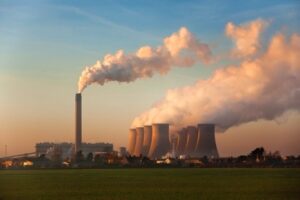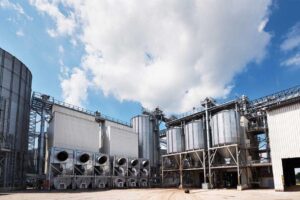In April 2024, the International Energy Agency (IEA) released its latest Natural Gas Market Report for the second quarter of 2024, which provides a comprehensive review of natural gas market performance during the winter period of 2023/24, as well as an in-depth analysis of the short-term market outlook for 2024. The report notes that natural gas spot prices in Asia and Europe have returned to pre-crisis levels due to improved supply and high inventory levels. In contrast, Henry Center prices in the United States have fallen to multi-year lows.
Supply and demand dynamics in the natural gas market
The winter of 2023/24 was relatively mild in the Northern Hemisphere, but intermittent severe cold weather still triggered a short surge in demand for natural gas, underscoring the importance of natural gas supply flexibility for energy security. The IEA expects demand for natural gas to continue to grow in 2024 amidst relative stability on the supply side, particularly in the fast-growing Asian economies, with the Demand from the industrial and power sectors as the main drivers.
Meanwhile, the expansion of renewable energy sources and increased utilization of nuclear power will dampen demand for natural gas-fired generation in mature markets. In addition, higher inventory levels may help ease market fundamentals through the summer of 2024. This dynamic balance between demand and supply has kept the natural gas market in a fragile equilibrium, but the report emphasizes that geopolitical tensions remain the biggest risk facing the gas market in the short term.
Policy and low-emission technology push
The IEA report also looks at policy and regulatory developments aimed at stimulating demand for biomethane, low-emission hydrogen, and e-methane. In particular, the report highlights important developments in the Low Emission Gases work program, including demand stimulus measures for cleaner fuels such as biomethane. The goal of these policies is to further reduce greenhouse gas emissions by encouraging the development of sustainable natural gas technologies.
Energy security and geopolitical risks
The report also notes that since the beginning of the year, liquefied natural gas (LNG) trade in the Red Sea has been disrupted by geopolitical tensions and that Russia’s attacks on energy infrastructure, including the ongoing threat to storage facilities, continue to affect the global supply chain. Against this backdrop, the security of natural gas supplies has become a key aspect of national energy policymaking, and the IEA calls for increased international cooperation to assess and implement flexibility options along the natural gas and LNG value chain.
Outlook and investment needs
Looking ahead, the IEA believes that despite steady growth in gas demand, global gas supply could face a 22% shortfall by 2030 if production is not further developed. This forecast highlights the urgent need for investment in natural gas supply and cleaner technologies such as biomethane and carbon capture and storage. The report emphasizes that biomethane, as a direct alternative to natural gas, is currently being produced at a scale far below its potential and requires further policy support and investment.
This report provides a detailed analysis of the natural gas market and calls for greater investment in low-emission technologies to ensure the stability and sustainability of energy supplies in the context of the global energy transition.
if you want to learn more or have questions, please contact us directly!









